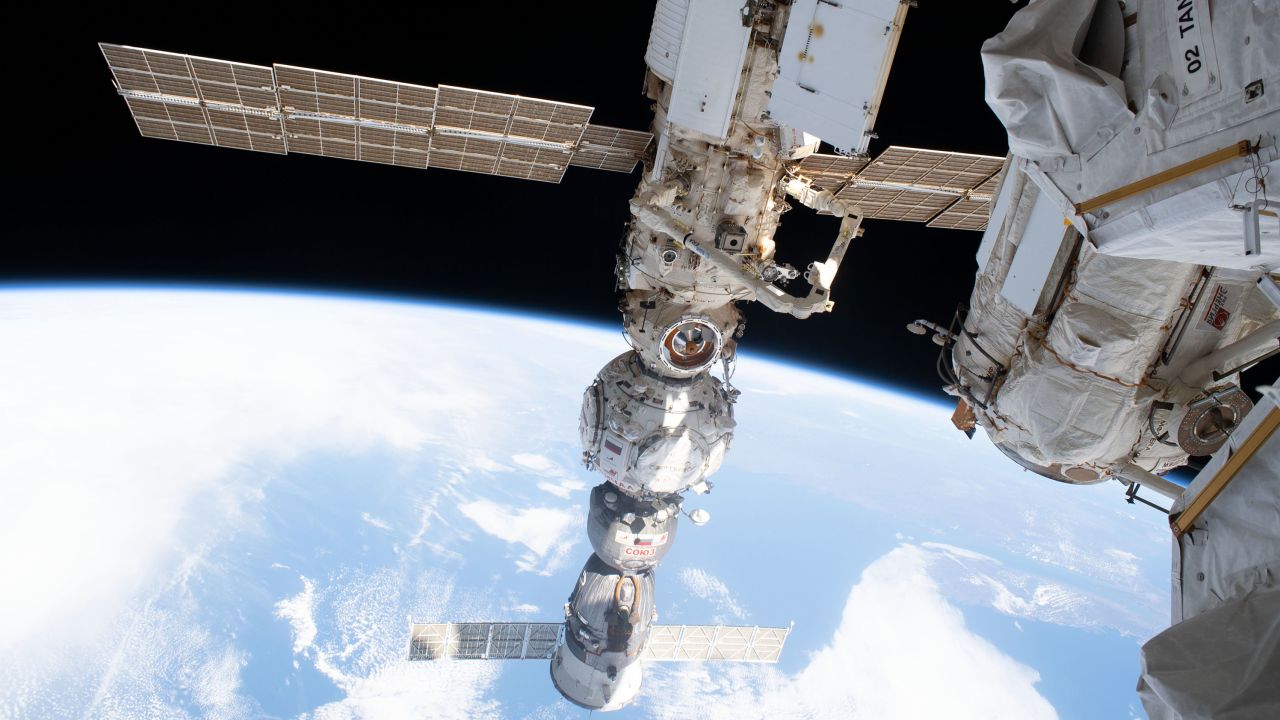In addition to the human crew, the International Space Station is home to millions of bacteria and microbes. The human body is teeming with bacteria and fungi in and on everything on Earth, containing 10 times more microbes.
How are microbes utilized?
Research is being conducted on the microbes aboard the International Space Station, both to assess potential impacts on crew health and to maintain the functionality of spacecraft. This research provides critical information for planning future space missions and sustaining life in space.
These bacteria and microbes are generally harmless, many of them even beneficial to the human body. But the microgravity environment can increase the disease risk of some microbes and affect spacecraft systems. They can also potentially contaminate other planets where spacecraft and crews land.
The ISS (International Space Station) Boeing Antimicrobial Coatings project is testing surface coatings that inhibit the growth of microbes to protect crew and equipment aboard spacecraft. It aims to reduce disease transmission by using these coatings not only on space stations, but also in many other environments such as airplane cabins, healthcare facilities and public transportation.
Microbial Observatory-1 and Microbial Monitoring-2 research is focused on monitoring microbes aboard the space station to identify potential threats. These studies analyze microbes to create a comprehensive catalog of bacteria and fungi to ensure the safety of the spacecraft and crew.
Roscosmos’ BioRisk-MSV research examined the physical and genetic changes of microbes on the space station to understand how these organisms survive and reproduce in extreme environments. These findings could shed light on the development of planetary quarantine methods and biomedical safety systems for future space missions.
NASA’s ISS External Microorganisms project continues to study spacecraft microorganisms by collecting samples from life support system vents outside the station. This research focuses on assessing the distribution of microbes in space and the risk of potentially infecting other spacecraft.














